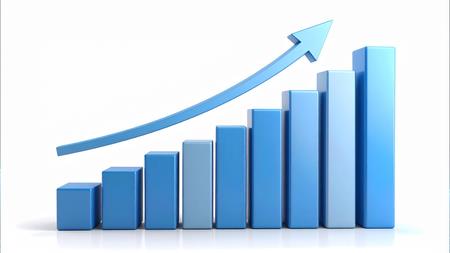GST 2.0, Rising Rural Incomes, Easing Inflation May Spark Big Consumption Revival In India: Report
The data compiled by Wright Research, an investment manager on smallcase, suggests that India's consumption cycle, which has been sluggish for the past few years, has likely bottomed out and is now on an upward path.
If GST 2.0 is finalised in October, just ahead of the festive season, it could bring down consumer prices, boost demand, and encourage stronger household spending.
Among the expected changes, goods currently taxed at 12 per cent -- such as processed foods, affordable footwear, and certain wellness products -- may be shifted to the 5 per cent slab.
This could make everyday essentials cheaper and motivate consumers to switch from unbranded to branded options, the report said.
In big-ticket items, GST on products like air conditioners and large televisions may drop from 28 per cent to 18 per cent, translating into nearly 8 per cent lower prices and wider penetration in Tier-2 and Tier-3 cities.
A cut in GST on cement, currently taxed at 28 per cent, would reduce costs for both retail home projects and larger construction activities, as per the report.
“GST 2.0 represents one of the most pro-consumption policy moves in recent years. By reducing prices in everyday categories and big-ticket durables alike, the reform could accelerate demand just as rural incomes and inflation trends are turning favourable,” said Sonam Srivastava, Founder of Wright Research and investment manager on smallcase.
The sectoral outlook is also promising. FMCG companies are expected to see revenue growth of nearly 10 per cent in FY26, while consumer durables could grow by more than 21 per cent depending on how fast the reforms are implemented.
Cement companies may benefit the most, with EBITDA forecast to rise by over 40 per cent and profit growth close to 80 per cent.
Internet platforms are projected to grow revenues by 35-40 per cent as MSMEs continue to adopt digital solutions, while oil marketing companies are expected to improve cash flows due to falling crude prices.
Early signs of revival are already visible. FMCG majors, quick-service restaurants, and paint companies have reported volume recovery in the first quarter (Q1) of FY26, while retailers in smaller towns are seeing faster sales momentum, the report said.

Legal Disclaimer:
MENAFN provides the
information “as is” without warranty of any kind. We do not accept
any responsibility or liability for the accuracy, content, images,
videos, licenses, completeness, legality, or reliability of the information
contained in this article. If you have any complaints or copyright
issues related to this article, kindly contact the provider above.
Most popular stories
Market Research

- Microgrid Market Growth, Key Trends & Future Forecast 2033
- Nickel Market Estimated To Exceed USD 55.5 Billion By 2033
- Primexbt Launches Empowering Traders To Succeed Campaign, Leading A New Era Of Trading
- Chaingpt Pad Unveils Buzz System: Turning Social Hype Into Token Allocation
- Ecosync & Carboncore Launch Full Stages Refi Infrastructure Linking Carbon Credits With Web3
- Japan Halal Food Market Size To Surpass USD 323.6 Billion By 2033 With A CAGR Of 8.1%






















Comments
No comment